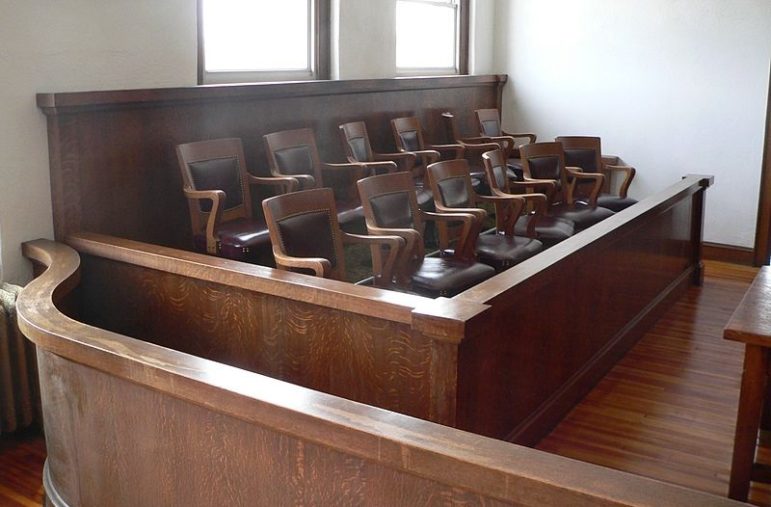
With only Justice Clarence Thomas dissenting, the Supreme Court ruled 7 to 1 yesterday that a black Georgia death row inmate was denied a fair trial twenty years ago when prosecutors used their “peremptory challenges” to systematically exclude blacks from the jury. The only thing that likely distinguishes this from many other similar cases of racial bias in jury selection is the existence of some shockingly explicit prosecutorial notes.
As Chief Justice John G. Roberts Jr. wrote in his decision for the majority, “The focus on race in the prosecution’s file plainly demonstrates a concerted effort to keep black prospective jurors off the jury.”
Sign up for our free newsletters
Subscribe to NPQ's newsletters to have our top stories delivered directly to your inbox.
By signing up, you agree to our privacy policy and terms of use, and to receive messages from NPQ and our partners.
While exclusion for race is widespread and well known, it is often hard to prove, being hidden by peremptory challenges, which require no stated reason to exclude prospective jurors, or the use of other reasons to hide intent. But when inmate Timothy Foster’s lawyers finally acquired the prosecutors’ notes through an open records request almost twenty years after the conviction in 1987, the notes showed that names of the black potential jurors were not only highlighted in green and marked with a “B,” but their race on juror questionnaires was circled.
All of those names, perhaps not so coincidentally, were high on the “Definite NOs” list, and ranked just in case “it [came] down to having to pick one of the black jurors.”
Research has found that prosecutors use peremptory challenges to strike black potential jurors at a much higher rate than whites because African Americans are more skeptical of police and prosecutors.—Ruth McCambridge













